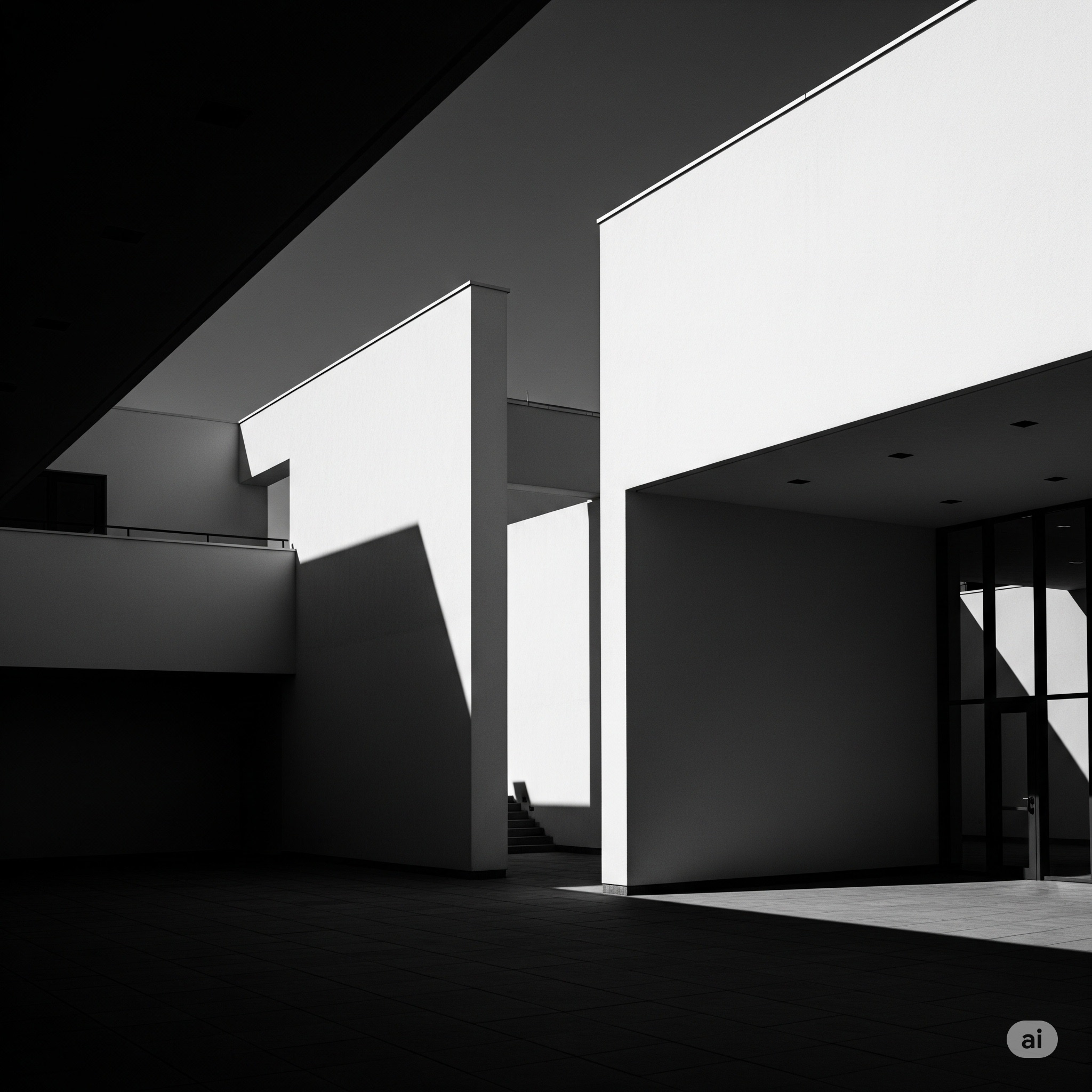It's a philosophy of reduction, yes, but it's a reduction to the point of clarity. It's about stripping away the superfluous, the distracting, and the ornamental to reveal the core function and message in its purest form. When done correctly, the result isn't empty; it's potent. Every element on the page—every word, every image, every line of code—is there for a reason. It has a job to do, and it can do that job more effectively without the surrounding noise.
"Perfection is achieved, not when there is nothing more to add, but when there is nothing left to take away."
This approach demands rigor and discipline. It's often harder to create a simple, elegant solution than a complex, feature-packed one. It requires a deep understanding of the user's goals and a relentless focus on meeting those goals in the most direct way possible. It means saying "no" to a hundred good ideas to make room for the one great idea that truly matters.
In a world of constant information overload, minimalism is an act of respect for the user's attention. It creates calm, focused experiences that are not only beautiful but also profoundly usable. It is a declaration that clarity is a feature, and that simplicity is the ultimate sophistication.
